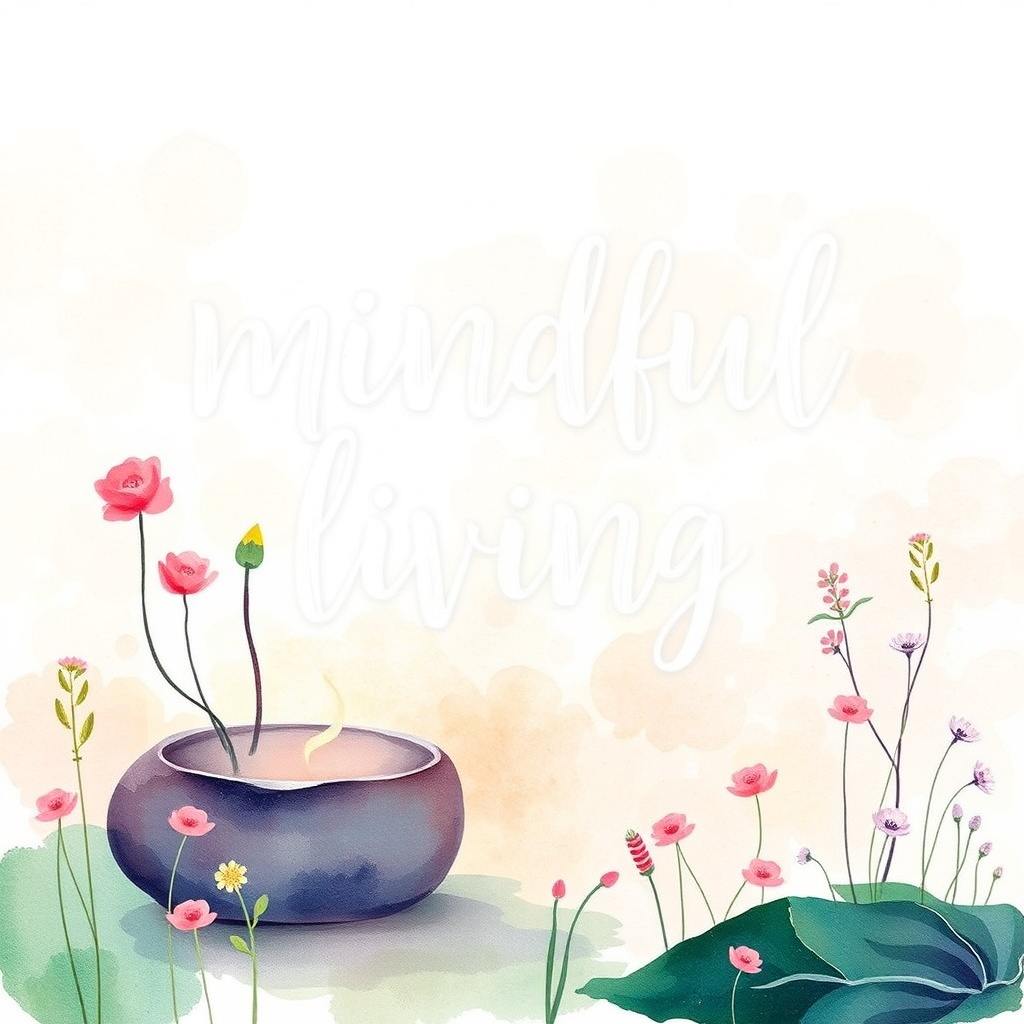Practical Mindful Living: Simple Habits That Transform Everyday Life
Mindful living isn’t a rigid routine or an all-or-nothing project. It’s a collection of small, repeatable habits that help you move through each day with more clarity, less reactivity, and greater enjoyment. Research consistently links mindfulness with reduced stress, improved attention, better emotional regulation, and healthier relationships, making it a practical skill set rather than a luxury.
Why small habits matter
Big changes are motivating but hard to sustain. Micro-practices—short actions you can do anywhere—build momentum and embed mindfulness into daily life. Over time, these small moments accumulate into meaningful change.
Core mindful habits to try today
– Mindful breathing (1–3 minutes)
Sit or stand comfortably.
Inhale for a count of four, hold for four, exhale for four, pause for four (or use a rhythm that feels natural). Focus on the sensation of breath entering and leaving your body. Even a minute of focused breathing lowers physiological arousal and resets attention.
– Single-tasking
Turn off nonessential notifications and focus on one task at a time. Use a timer for 25–45 minute work blocks, followed by a short break. This reduces cognitive overload and improves work quality.

– Mindful eating
Slow down and engage your senses. Notice color, texture, aroma, and flavor. Chew thoughtfully and put utensils down between bites. Paying attention to hunger and fullness cues helps prevent overeating and deepens enjoyment of food.
– Micro-meditations
Use brief, intentional pauses between tasks—a 30-second body scan at the end of a meeting, or a two-minute gratitude check-in before lunch. These reset the nervous system and improve presence.
– Digital hygiene
Set boundaries: designate screen-free times (meals, first hour after waking, last hour before bed), use grayscale or do-not-disturb modes, and create a dedicated device-free place at home. Intentional tech use reduces distraction and improves sleep.
– Mindful movement
Integrate gentle movement—walking with attention to each step, stretching with full awareness, or practicing a few yoga poses.
Movement paired with breath anchors the mind and reduces accumulated tension.
– Practice curiosity and compassionate self-talk
When challenging thoughts arise, notice them without judgment. Ask, “What is happening right now?” rather than reacting. Replace harsh self-criticism with kind, realistic observations.
Design your environment to support mindfulness
Declutter one small area, add a plant, or create a simple altar for objects that ground you (a candle, a meaningful photo, a smooth stone). Visible cues make it easier to remember short practices.
Build a sustainable plan
Start with one micro-habit for a week—three mindful breaths after waking or a screen-free meal each day. Track consistency rather than perfection. Once that habit feels natural, add another.
Small wins compound faster than grand plans.
Benefits you’ll notice
Consistent micro-practices improve focus, reduce stress reactivity, and enhance emotional balance. Relationships often improve as presence and listening skills grow.
Sleep and digestion frequently respond positively to better routines and lower baseline stress.
Practical next step
Choose one habit from the list and commit to it for a week. Keep it brief and specific—two minutes of mindful breathing after your morning coffee, for example. After a week, notice what changed and add one more small practice.
Mindful living is less about perfection and more about presence—tiny, steady shifts that make each day clearer, calmer, and more connected.